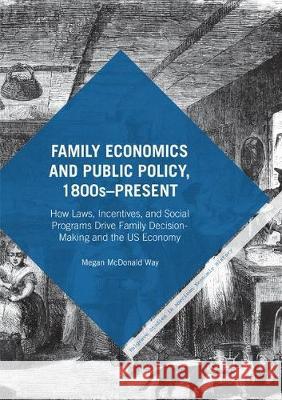Family Economics and Public Policy, 1800s-Present: How Laws, Incentives, and Social Programs Drive Family Decision-Making and the Us Economy » książka
topmenu
Family Economics and Public Policy, 1800s-Present: How Laws, Incentives, and Social Programs Drive Family Decision-Making and the Us Economy
ISBN-13: 9781349959082 / Angielski / Miękka / 2019 / 315 str.
Family Economics and Public Policy, 1800s-Present: How Laws, Incentives, and Social Programs Drive Family Decision-Making and the Us Economy
ISBN-13: 9781349959082 / Angielski / Miękka / 2019 / 315 str.
cena 322,77
(netto: 307,40 VAT: 5%)
Najniższa cena z 30 dni: 308,41
(netto: 307,40 VAT: 5%)
Najniższa cena z 30 dni: 308,41
Termin realizacji zamówienia:
ok. 22 dni roboczych
Bez gwarancji dostawy przed świętami
ok. 22 dni roboczych
Bez gwarancji dostawy przed świętami
Darmowa dostawa!
Kategorie:
Kategorie BISAC:
Wydawca:
Palgrave MacMillan
Seria wydawnicza:
Język:
Angielski
ISBN-13:
9781349959082
Rok wydania:
2019
Wydanie:
Softcover Repri
Numer serii:
000796214
Ilość stron:
315
Waga:
0.40 kg
Wymiary:
21.01 x 14.81 x 1.78
Oprawa:
Miękka
Wolumenów:
01
Dodatkowe informacje:
Wydanie ilustrowane











